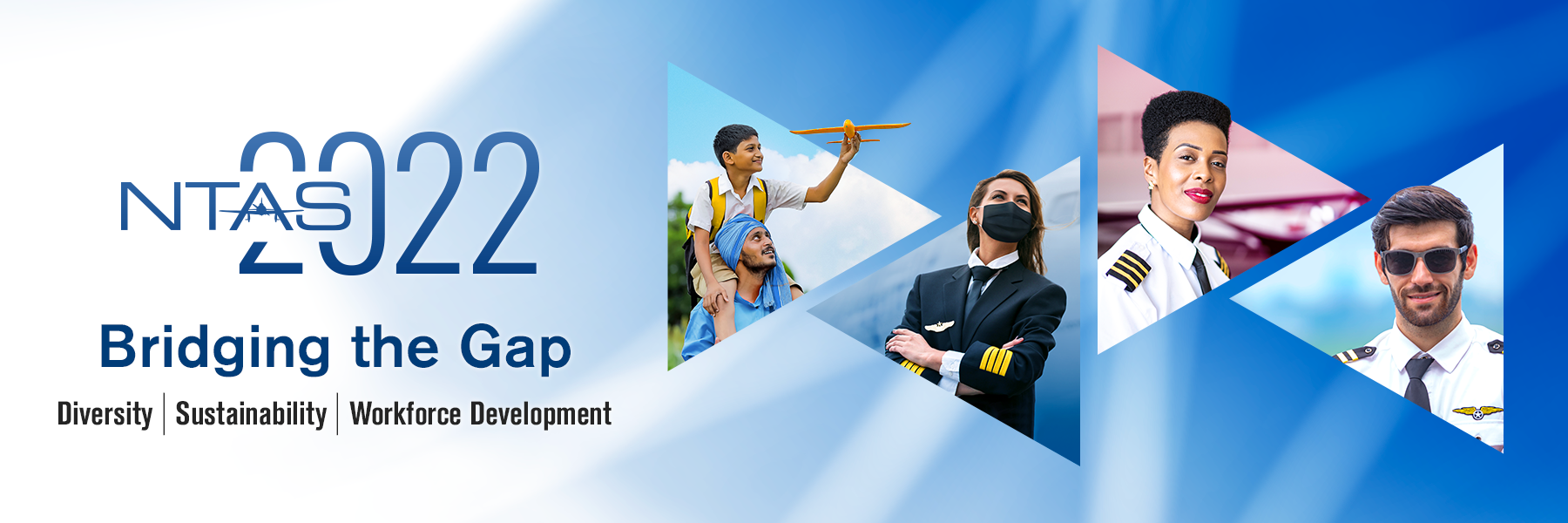Presenter Email
domingc9@my.erau.edu
Other Topic Area
Scale Validation
Keywords
Scale validation, training, training satisfaction
Abstract
The Training Satisfaction Survey (TSS) was developed as part of a larger project to examine the features of Virtual Reality software and supporting devices as a training program on visual illusions and spatial disorientation. The TSS is a 13-item, self-report scale which gauges participants’ level of training satisfaction. Participants responded regarding their most recent experience with a Frasca C172 Level 6 Flight Training Device. The TSS was designed to measure overall satisfaction using three subfactors: relevance, enjoyment, and technology satisfaction. These factors can be used to identify impediments to learning (e.g., training was not easy to follow) to create more effective training programs. A reliability analysis was conducted (N=159) resulting in good inter-item correlations (the lowest being .43). A factor analysis showed this scale passed Bartlett’s Test of Sphericity (.00) and the KMO Measure of Sampling Adequacy (.93). Factor extraction was determined using Kaiser’s criterion wherein only factors with an eigenvalue of 1.0 or more are retained. Together these items explain 65.25% of the variance in the data. The resultant scree plot and pattern matrix indicates a two-factor solution: enjoyment and technology satisfaction. It may be that the scale has too few items or the sample size is too small to show a distinction between the three theoretical subfactors. Still training officials can implement this scale to measure their trainee’s enjoyment and their satisfaction with the training technology. This presentation will also discuss and provide guidance on the processes required to develop and validate device-specific scales.
Included in
Validation of Training Satisfaction Survey
The Training Satisfaction Survey (TSS) was developed as part of a larger project to examine the features of Virtual Reality software and supporting devices as a training program on visual illusions and spatial disorientation. The TSS is a 13-item, self-report scale which gauges participants’ level of training satisfaction. Participants responded regarding their most recent experience with a Frasca C172 Level 6 Flight Training Device. The TSS was designed to measure overall satisfaction using three subfactors: relevance, enjoyment, and technology satisfaction. These factors can be used to identify impediments to learning (e.g., training was not easy to follow) to create more effective training programs. A reliability analysis was conducted (N=159) resulting in good inter-item correlations (the lowest being .43). A factor analysis showed this scale passed Bartlett’s Test of Sphericity (.00) and the KMO Measure of Sampling Adequacy (.93). Factor extraction was determined using Kaiser’s criterion wherein only factors with an eigenvalue of 1.0 or more are retained. Together these items explain 65.25% of the variance in the data. The resultant scree plot and pattern matrix indicates a two-factor solution: enjoyment and technology satisfaction. It may be that the scale has too few items or the sample size is too small to show a distinction between the three theoretical subfactors. Still training officials can implement this scale to measure their trainee’s enjoyment and their satisfaction with the training technology. This presentation will also discuss and provide guidance on the processes required to develop and validate device-specific scales.



Comments
Presented in Session 1 B - Technology in Education & Training